Living light: can the Light Phone III help you reclaim precious time without losing out on life?
Light hope their new Phone III contains just the right amount of tech to live a life free from digital distraction. We put their minimal handset to the test
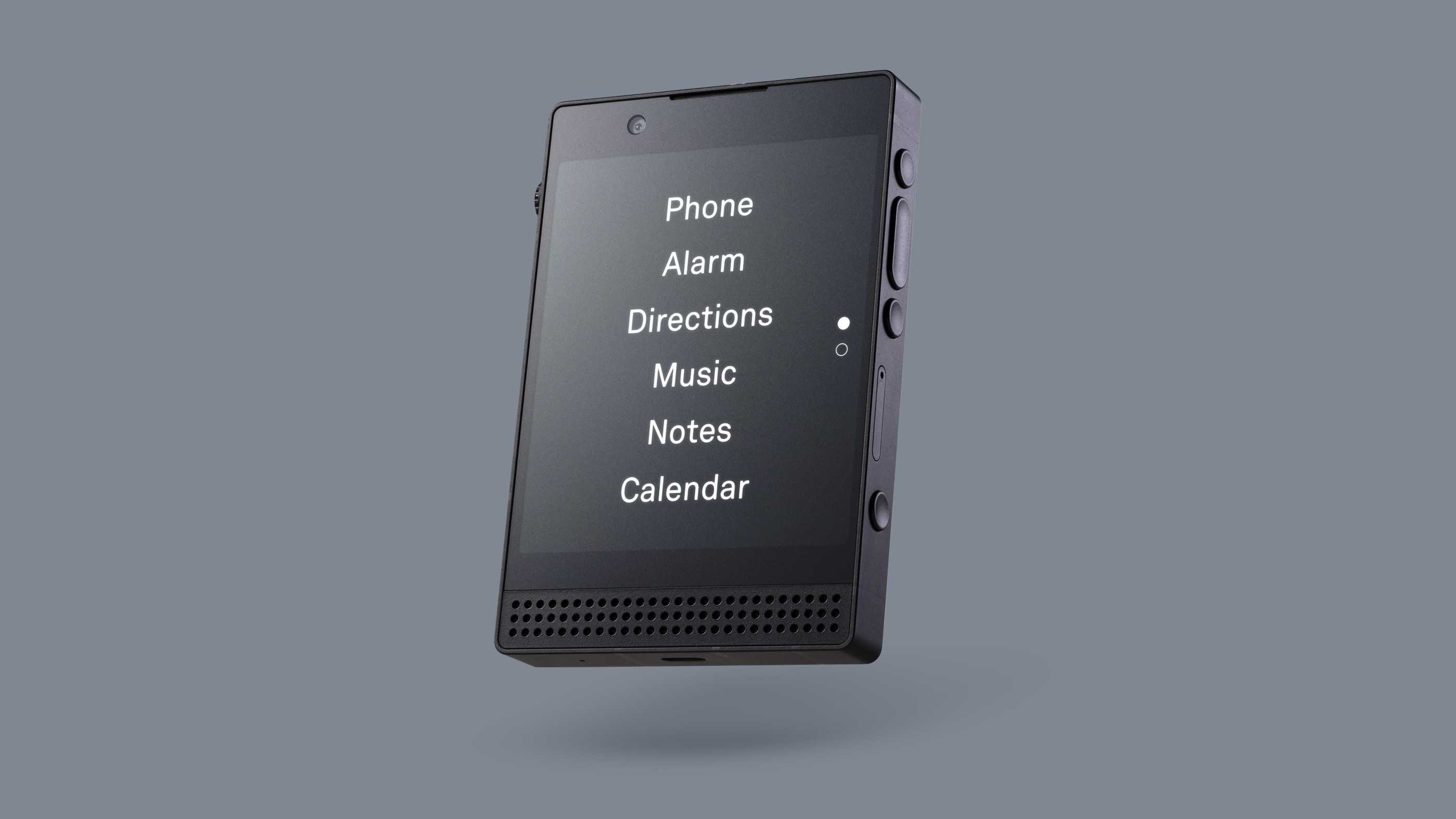
There’s a bit of a buzz around the Light Phone III, a new device that’s just entered beta testing. We’ve got our hands on an early unit and have talked to the company’s founders, Joe Hollier and Kaiwei Tang, about the genesis, design and future direction of this piece of high-tech anti-technology.
Hollier, who co-founded the company with Tang in 2014, launched the original crowd-funded Light Phone in May 2015. The pair had originally met at a Google-sponsored event for start-ups and realised that the idea of a phone that was ‘light’ might find a useful niche. As the years progressed, the niche has evolved into more of a movement.
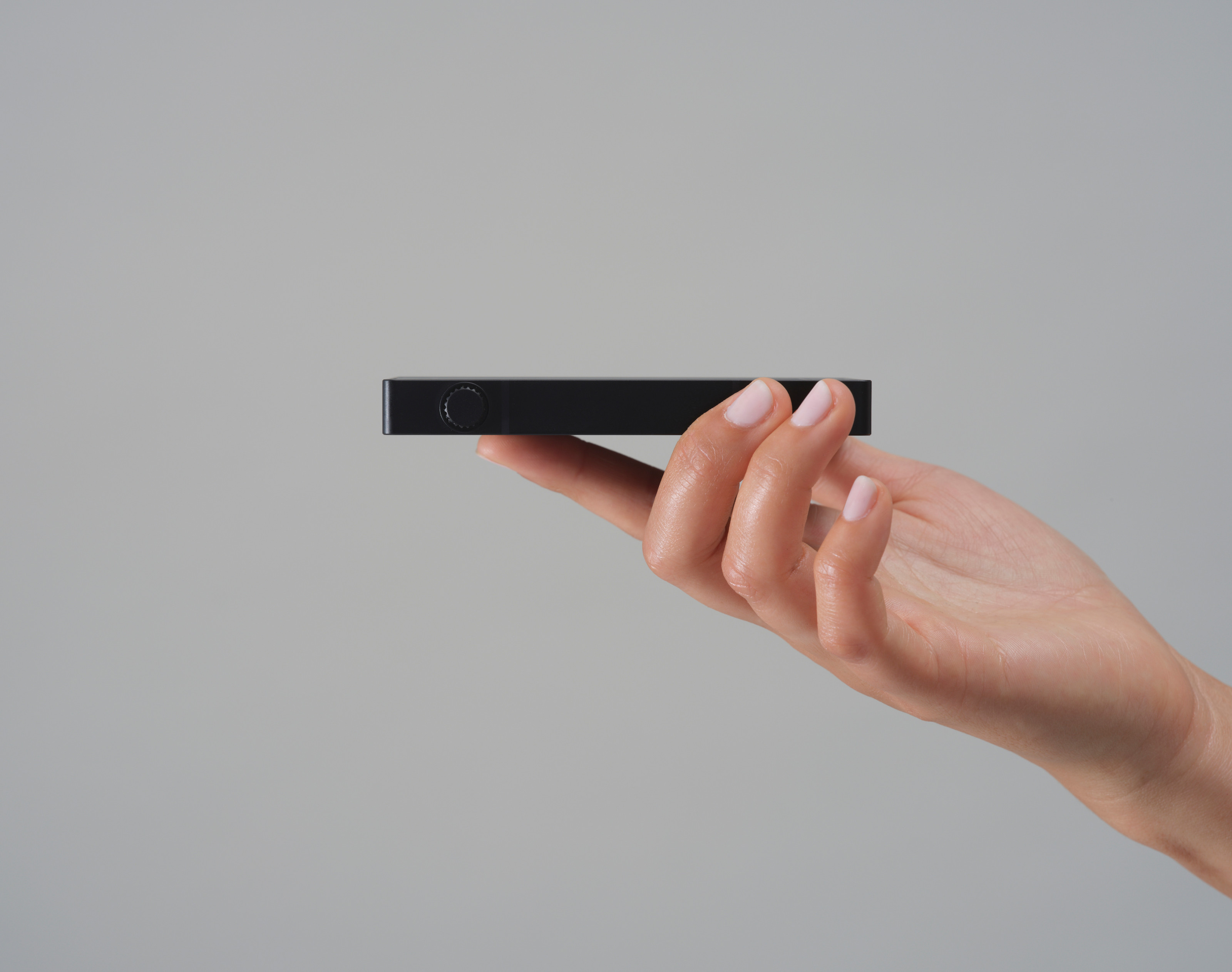
Light Phone III
‘This last year or so we’ve seen even more momentum for the idea a digital detox,’ Hollier notes. It’s true that there’s been an uptick in low-tech devices, whether they’re the original ‘dumb phone’ format so enthusiastically promoted by the HMD-rebooted Nokia brand, or Light’s most obvious competitor, the so-called Boring Phone, as well as other devices like the Punkt MP02. Light feels like they’re well placed to tap into an emerging niche; the contradictory desire for a new gadget that makes us do less
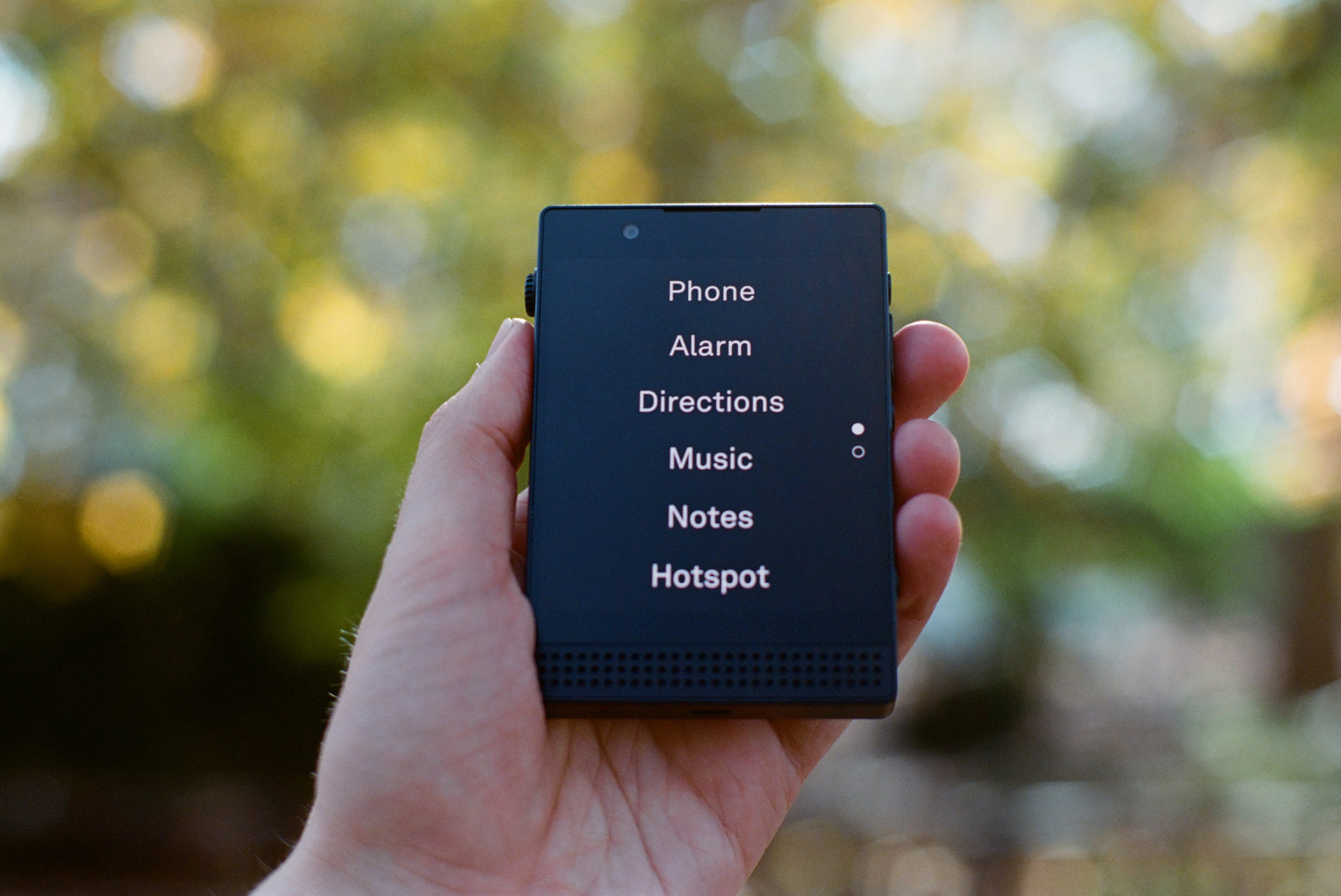
Light Phone III's simple menu
Light’s stated aim of reducing their customers’ phone use is a noble one. ‘Are sticky apps what we actually want?’ Hollier asks of the subtly pernicious ways that phone makers encourage and drive addiction, from relentless notifications to endless scrolls and an utter, inescapable dependence on the screen in our pockets. The original Light Phone swiftly met its target and was in the hands of users in 2017. Yet despite the phone’s admirable goals and extensive take-up, it still fell between two stools – a secondary device, rather than something you could completely rely on.
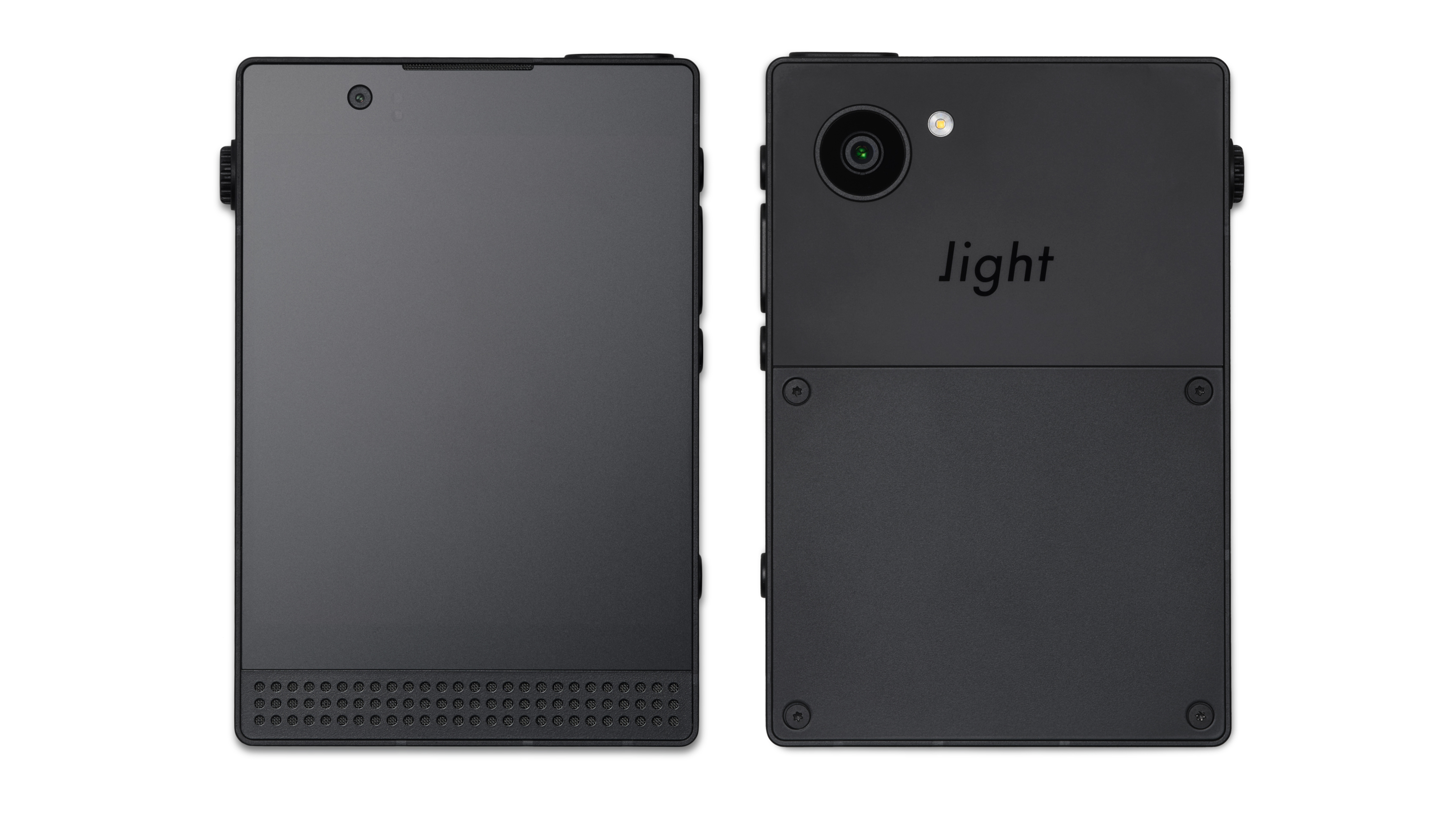
Light Phone III
Light Phone III is for people who want to ditch their smartphone altogether, whether for ever, over the weekend or a few days scheduled break. To achieve this, the device needed to be fast and powerful but resolutely focused on just a few tasks. There’s 5G, USB-C charging and a fast processor. Perhaps the biggest surprise is the inclusion of a camera.
‘Everyone has different priorities as to what tools are essential,’ Tang admits, noting that the camera was the most requested addition from the company’s vocal and engaged customer base. ‘We’re not saying don’t use technology,’ he clarifies, ‘but we have no underlying business model to maximise engagement.’ With no feeds, nowhere to browse, share or engage, even the very modern act of making images now has more in common with traditional photography.
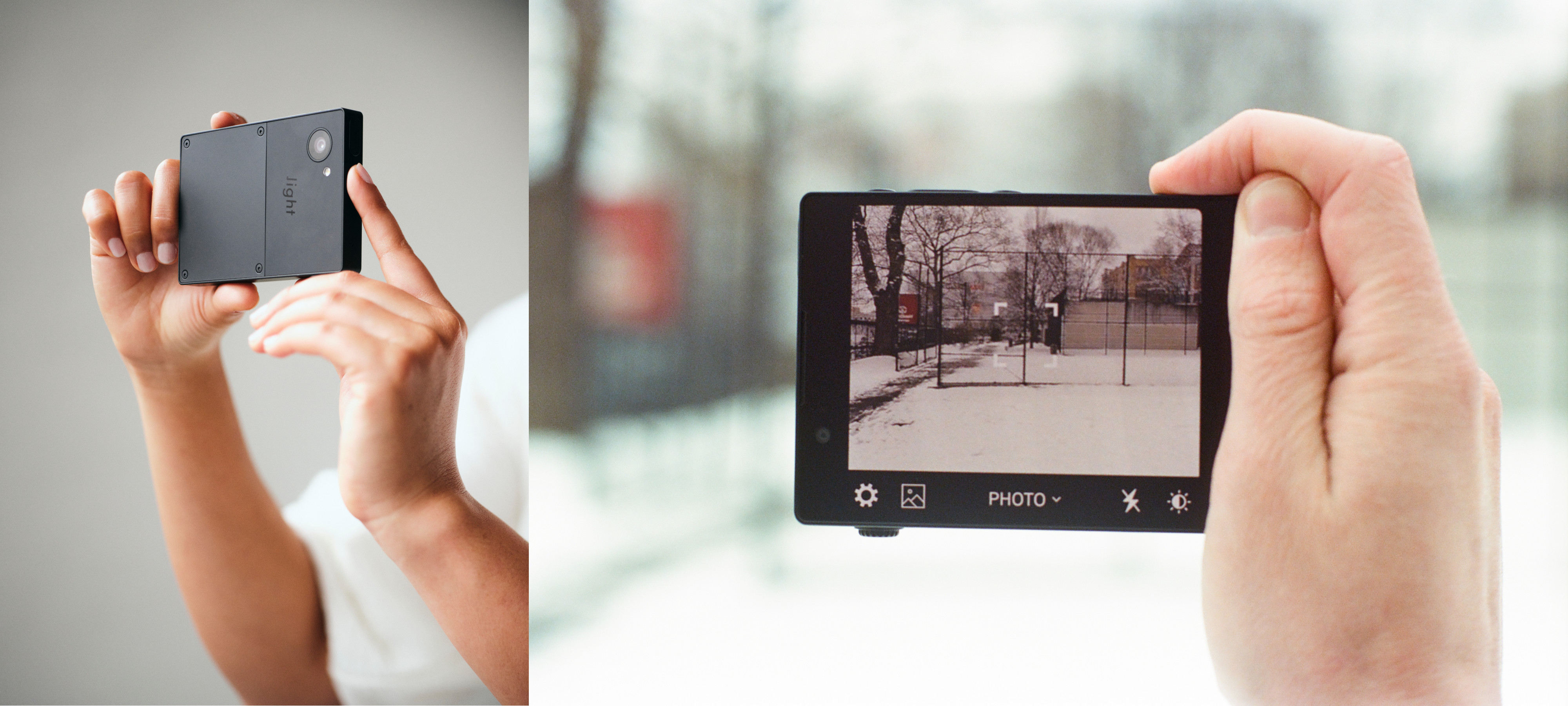
The Light Phone III camera interface
‘Intentionality is a word we use a lot,’ Hollier continues, ‘smartphones are almost designed to distract you.’ Where a conventional phone camera is possibly a gateway to a world of sharing, likes and social interaction, Light Phone III’s unit is more about documenting and diarising. With a 50MP sensor and strong low light performance, the images are good but by no means exceptional. ‘It was less about the specs than about the shutter button,’ says Hollier, ‘photography [on this phone] is a simple operation – we wanted it to be fun.’
Wallpaper* Newsletter
Receive our daily digest of inspiration, escapism and design stories from around the world direct to your inbox.
By removing the means to share an image, Light has also taken away the temptation to instantly check back on what you’ve shot, a sure-fire way to take you out of the moment. By not looking at your images straight away gives the Light Phone III more in common with traditional analogue film – something you check later with more deliberate care and attention to detail.
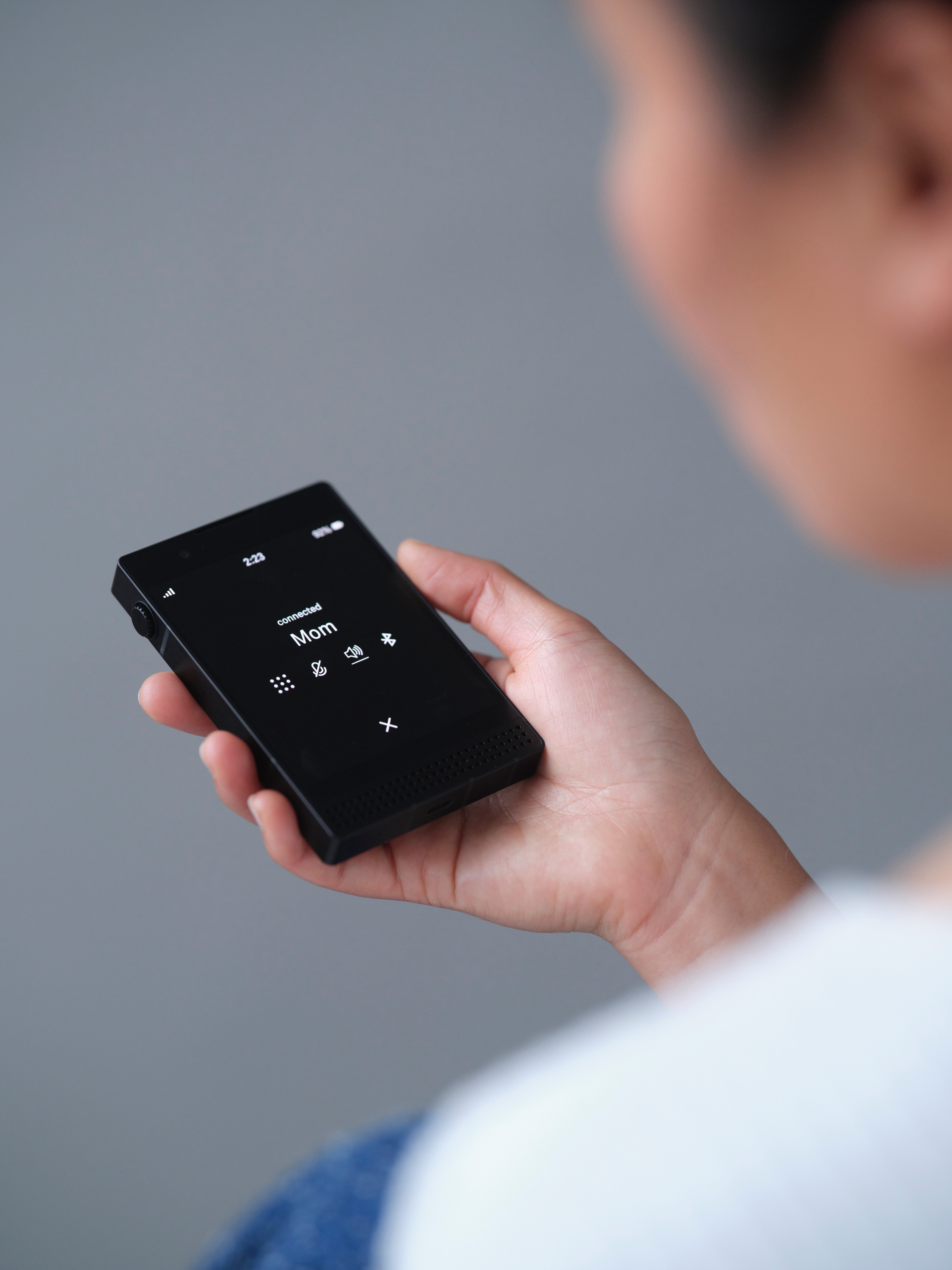
Light Phone III
As Tang emphasises that ‘we’re not trying to compete with Apple or Samsung,’ Hollier concludes that this slight retro element was intentional. ‘We did try and make [the camera] feel nostalgic,’ he says, ‘we shoot our own branding and imagery on film… the phone’s images also feel a bit different and not over processed.’
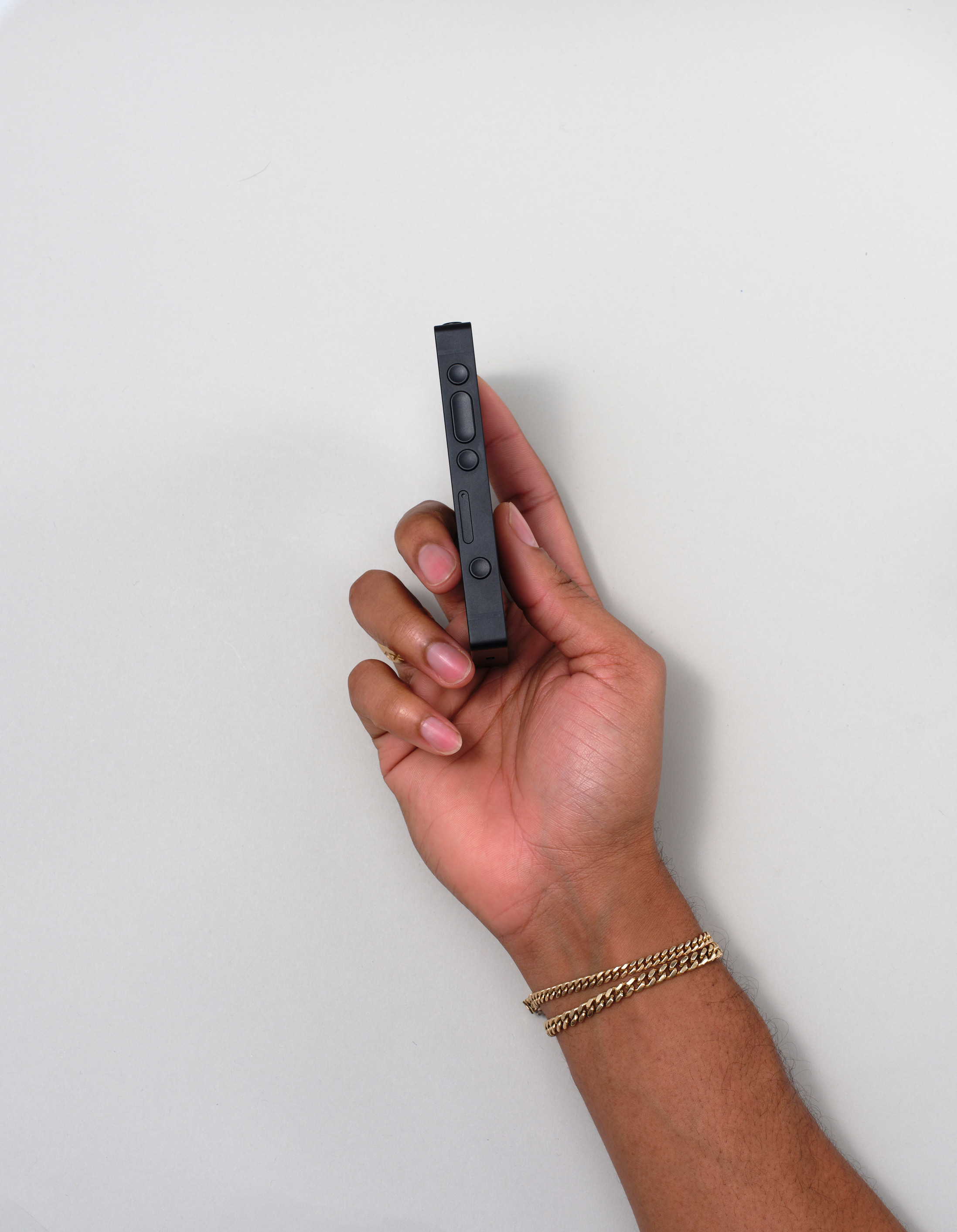
Light Phone III
‘Our goal for the brand is really clear,’ says Tang, ‘we don’t want the device to be a real focus of your life. To achieve this, the form factor is distinctly different from convention. Slightly wider and clearly shorter than a conventional smartphone, the Phone III’s OLED screen is specially customised to make is less glossy and reflective. It’s more akin to e-ink than the polychromatic pleasures of the ultra-bright AMOLED screens found on flagship devices.

Light Phone III has an easily replaceable battery
Design-wise, the Phone III gives off the feel of a tool, rather than a distraction. It feels tough and solid in the hand. That sense of solidity extends to the way the phone is assembled, designed to be highly repairable and future proof. ‘We want this phone to last as long as possible,’ says Hollier, ‘that’s why the battery door is easily accessible.’ Many of the other components can be easily replaced. ‘It’s all about letting the phone be honest as to what it is,’ says Hollier. There’s a clearly defined speaker grille, which Hollier likens to ‘old Braun design.’
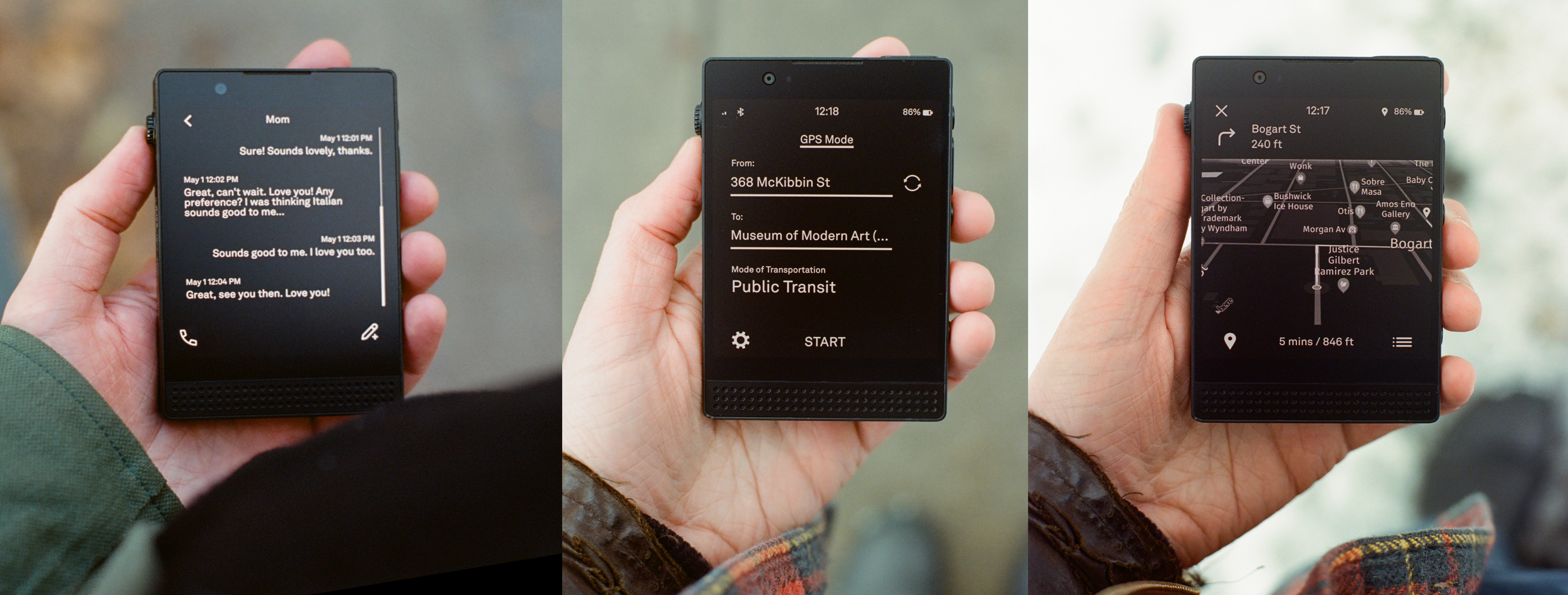
Light Phone III has simple message and navigation functionality
The phone runs the company’s own LightOS, a pared down operating system that takes advantage of the shorter, non-media focused screen format. There is an Android core underneath, not that you’d notice, with the colour pop of icons and wallpapers replaced by a simple scrolling list of functions. On our review unit, still running an early draft of the OS, not everything was available. Third party apps are not, as yet, available.
Other areas of usability, like synching the phone to existing accounts, are not encouraged. ‘We chose not to use Google’s servers,’ Tang explains, ‘we’re prioritising security over function – the phone is inherently more private [without a browser].’ ‘We want as little user data as possible,’ Hollier confirms and the two have told their users that Light will never profit from their data.
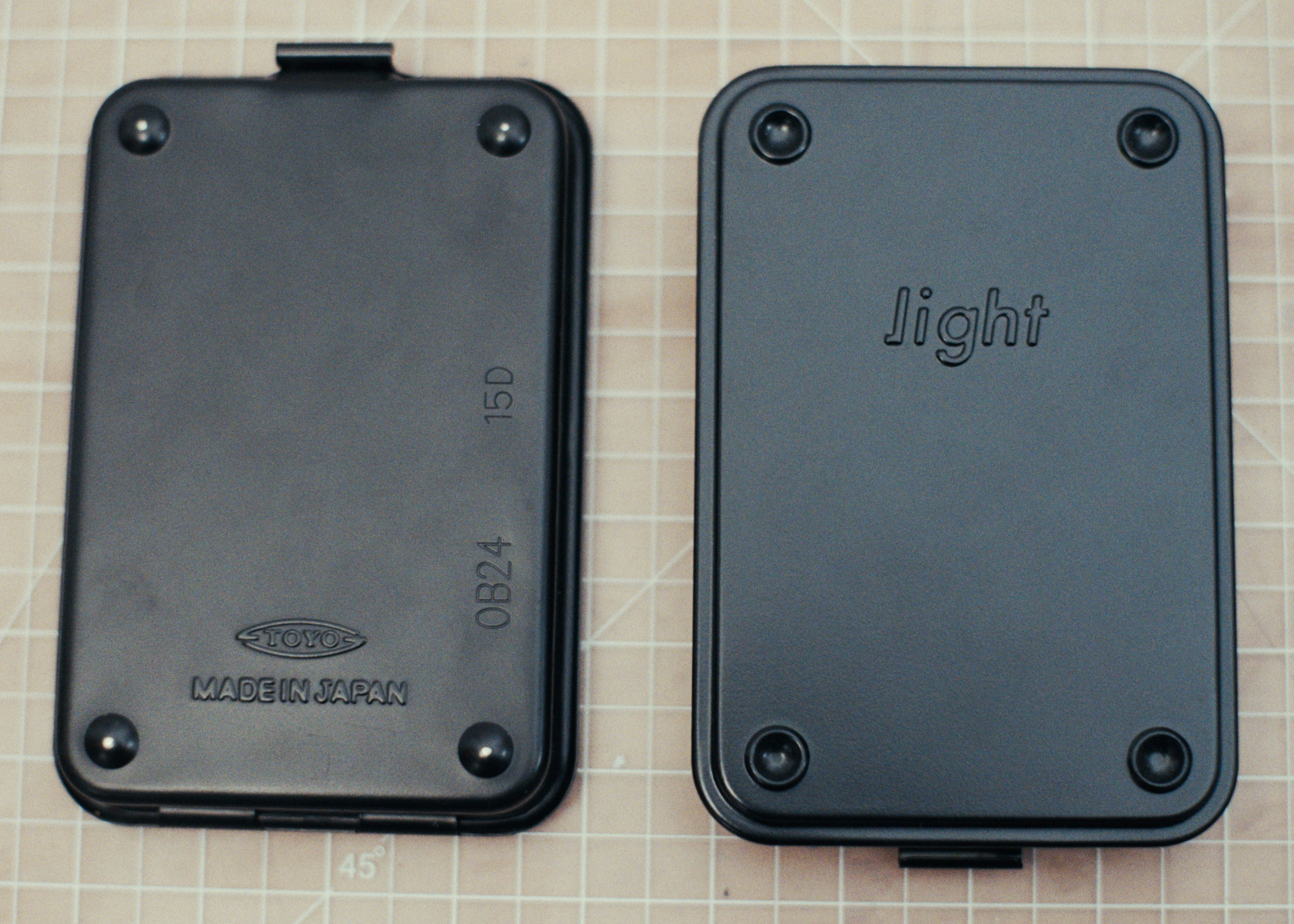
Light Phone III packaging by Toyo Steel
One other confirmed way of boosting the bottom line is to constantly release new products, the very business model Light set out to avoid. Decrying what he calls the ‘attention economy,’ Tang notes that ‘making money from apps shouldn’t be the only way – the push back will get bigger.’ ‘We’re not just thinking about tools but about the lives of our users,’ says Hollier, ‘For us, so much of the value of ‘going light’ is not having that immediacy [of information access]. My memory has got significantly better as a result. You start thinking more critically.’
Perversely, with its delightfully compact form factor and tactile scroll wheel, the Phone III feels great in the hand. Whereas a conventional phone eschews the analogue touch points in favour of directing you to the action on screen, there’s really very little you can do to just pass the time with a Phone III. In beta stage, and in the UK, where a fair few of the promised functions – mapping and messaging, most notably – are absent, the device seems to actively discourage you from turning it on. Instead, attention is drawn to its physicality.
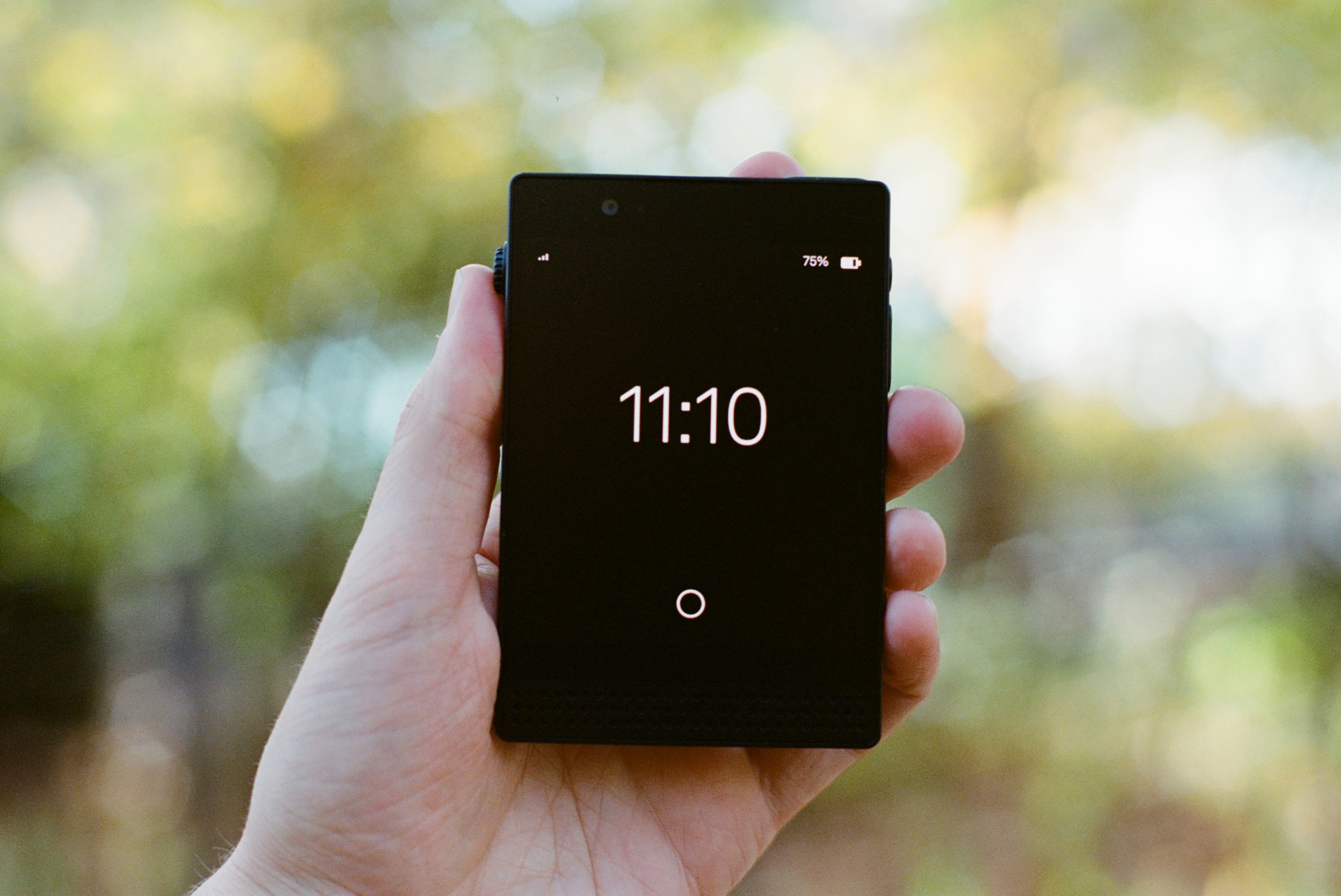
The Light Phone III lock screen
In fact, the biggest issue I had with the Light Phone III is that there was barely any chance to use it as intended because there was no time to slot in a period of enforced digital detox. Was that a function of my digital needs, or a symptom of a wider societal problem? Weekends seemed like the most obvious time, when you could eschew tracking footsteps and making one-click purchases or resist the relentless tug of social media.
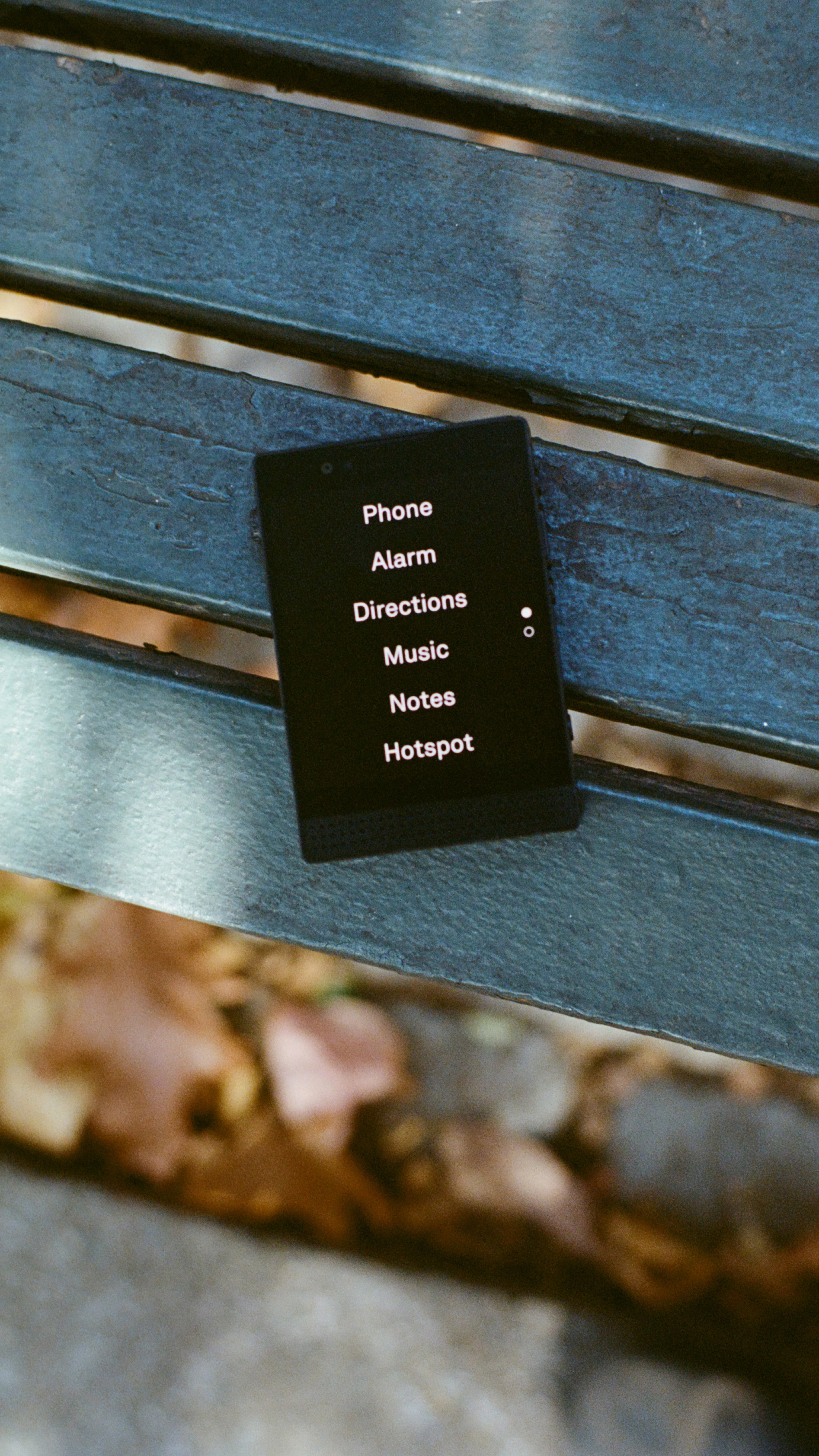
Light Phone III
But then this is surely the point. Using a Light Phone III is a very intentional way of stepping back from the torrent of digital distractions that are carefully engineered to hook our attention and reel in our precious free time. Put in the effort to step out of the stream, and the rewards are all the more satisfying. Light promises to continue to evolve its phones as more and more people take up the hardware and feed their experiences back to the company. Hopefully our collective ability to use this precious tool will evolve and expand as well.
Light Phone III, $599, TheLightPhone.com, @TheLightPhone
Jonathan Bell has written for Wallpaper* magazine since 1999, covering everything from architecture and transport design to books, tech and graphic design. He is now the magazine’s Transport and Technology Editor. Jonathan has written and edited 15 books, including Concept Car Design, 21st Century House, and The New Modern House. He is also the host of Wallpaper’s first podcast.
-
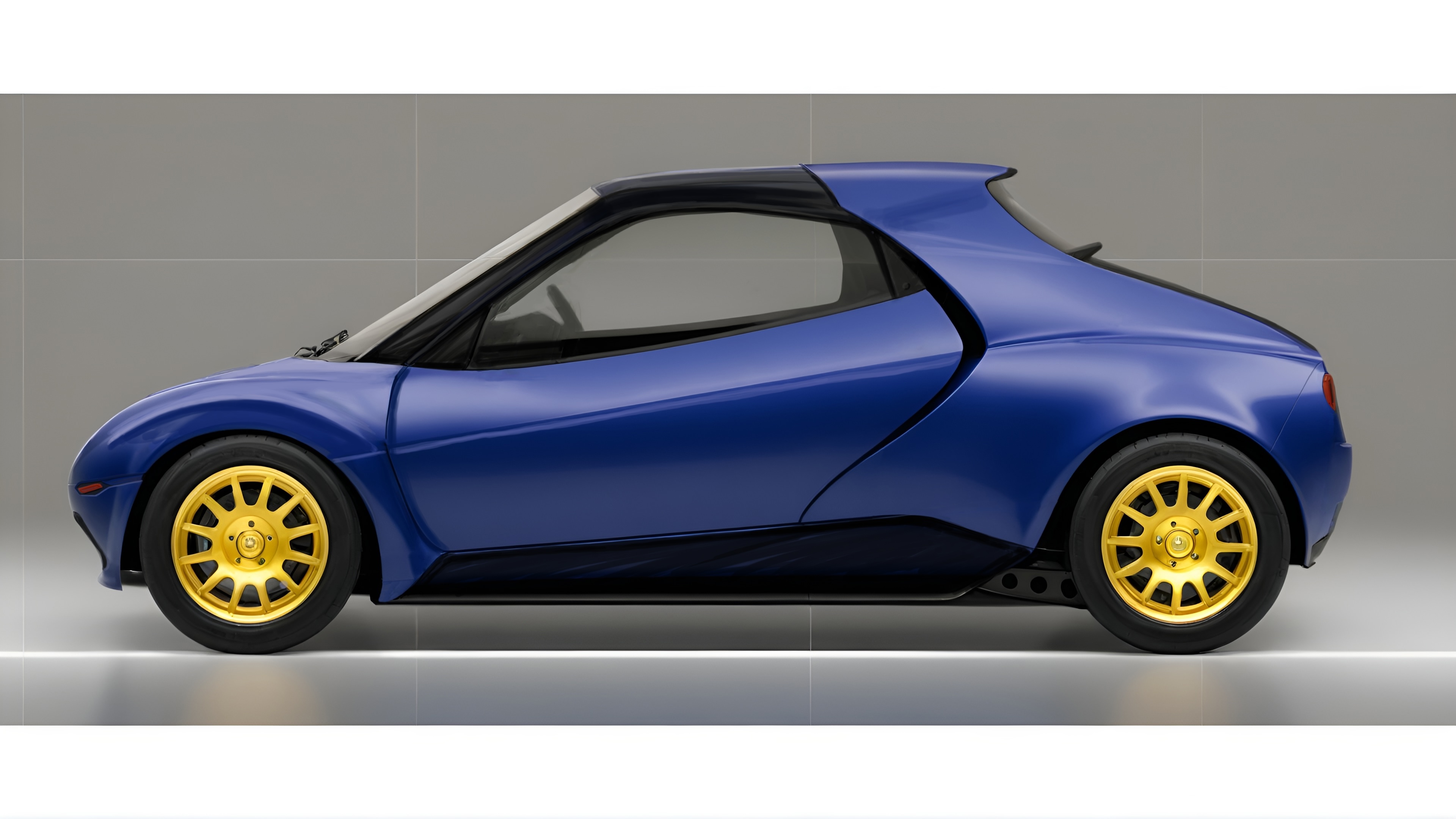 Mika Cars wants to build the Mino, a sporty, ultra-compact electric two-seater for the open road
Mika Cars wants to build the Mino, a sporty, ultra-compact electric two-seater for the open roadAn evolution of Mika’s Meon electric beach buggy, the little Mino is an ultra-light EV with big-car aspirations
By Jonathan Bell
-
 Beck on his orchestral shows: 'It's something that can't be simulated by AI'
Beck on his orchestral shows: 'It's something that can't be simulated by AI'Following two nights at London's Royal Albert Hall, Wallpaper* meets Beck and conductor Edwin Outwater to hear how the pair brought to life Beck's back catalogue with an 80-piece orchestra
By Jordan Bassett
-
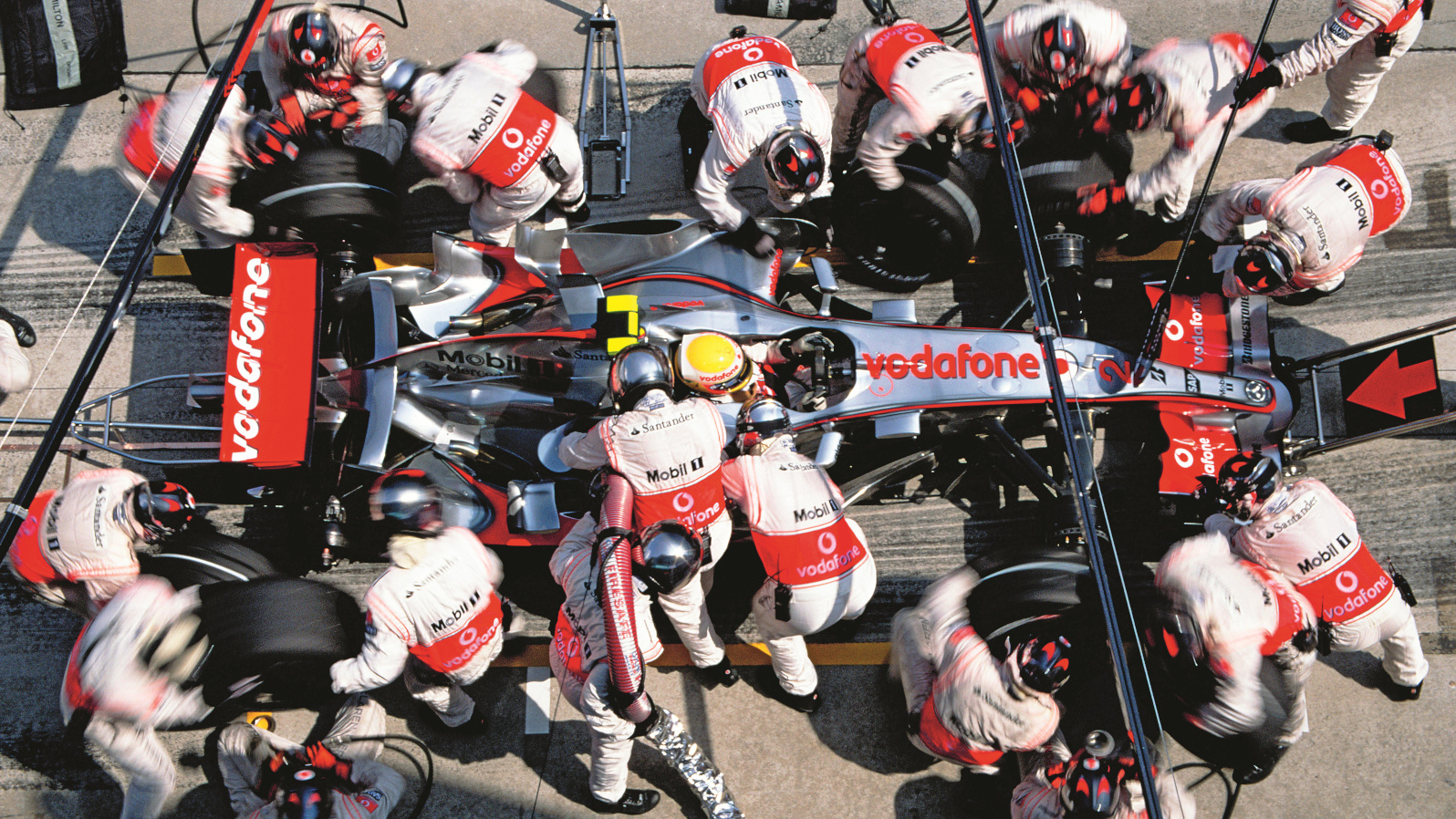 Formula 1 in photos: 100 memorable moments
Formula 1 in photos: 100 memorable momentsA new book, ‘Formula 1: The Impossible Collection’, marks 75 years of the motor-racing championship – a history full of tenacity, triumph and tragedy
By Bridget Downing